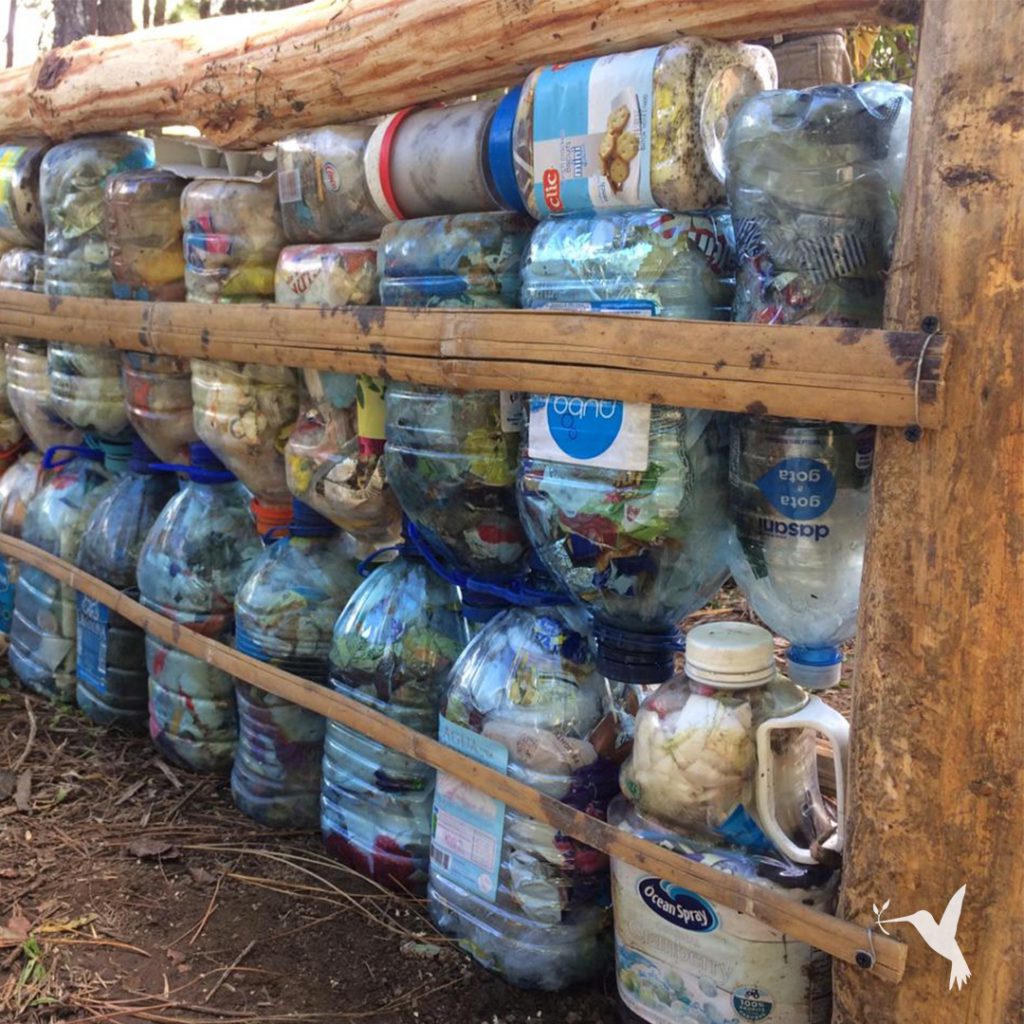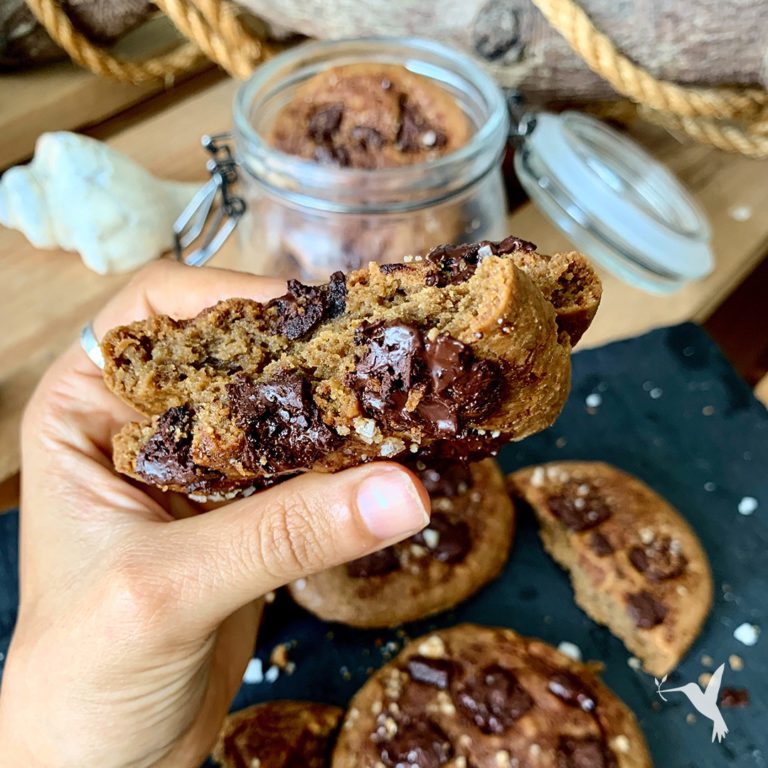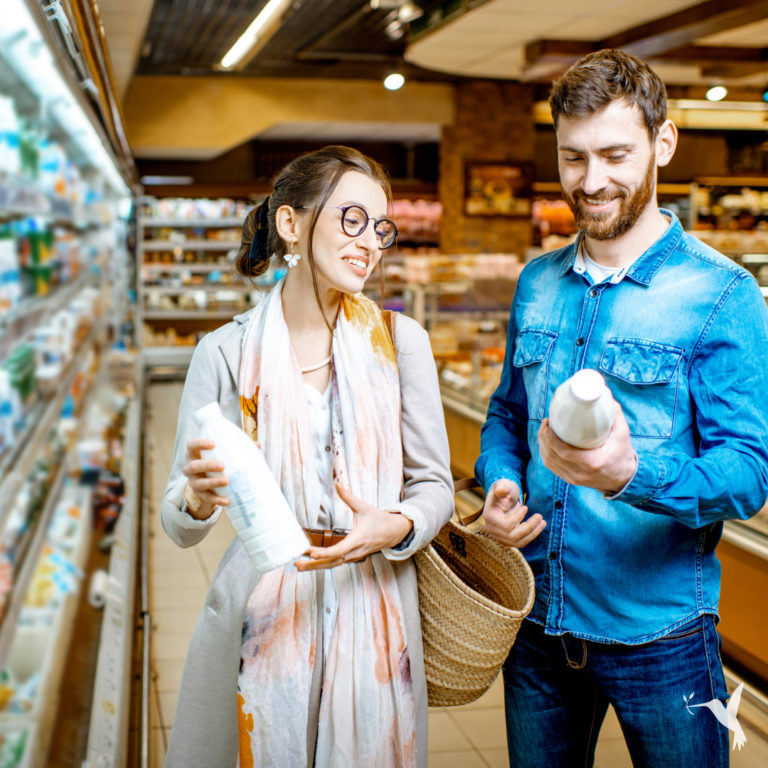Plastic Waste, Our Oceans, & Us
Plastic Waste In the Ocean

The problem with plastic waste in the ocean is huge. Unfathomable even. We dump around 8 million metric tons of plastic into the ocean each year.
Microplastics, or fragments of plastic smaller than fingernail clippings make up about 236,000 of those 8 million tons.
Every minute, we dump around one garbage truck’s worth of plastic waste in the ocean.
Combine this immense amount of plastic waste with the way sea currents work, and it should come as no surprise that plastic waste has been found at depths as far as 11 kilometers. What’s more, vast patches of plastic waste have formed across the ocean’s surface.
Today, we know there are five of these massive plastic patches. The largest is found in the Pacific Ocean, between Hawaii and California. It is known as “The Great Pacific Garbage Patch (GPGP),” and it is roughly the size of Texas. Researchers estimate that by the year 2050 there will be more plastic than fish in the ocean if measured by weight.
This progressive pollution of plastic waste in the ocean is dangerous for numerous reasons:
Adverse effects on wildlife
We all have heard about animals getting caught in plastic in the ocean. They suffer unnatural deformities trying to grow around waste like soda rings. Some animals also struggle to distinguish plastic from food, and their stomachs end up filling with matter they can’t digest. This matter remains there until they starve, without space left to eat what they need.
Naturally, the incidence of plastic waste as part of an animal’s diet increases proportionally with their proximity to these plastic islands. Researchers who catch turtles around the patches found them to have a diet with up to 74% plastic by weight.
Our diet
Plastic waste in the ocean is a problem from every possible perspective, including one of pure self-interest. This significant issue impacts us directly. A lot of the fish we consume—Brown Trout, Cisco, Perch, and many more—all have ingested plastic microfibers at one point or another. These plastic microfibers can end up in our own digestive systems, causing health complications we are just beginning to research.
Furthermore, until not long ago, sea salt was considered superior to your average table or mine salt, due to its higher mineral content. This is not the case today, as microplastic is now found in 90% of sea salt. What’s more, LDPE gas emissions can be traced all the way into the salt itself. You’re probably better off with Kosher, Himalayan, Celtic, or even regular table salt.
Damage to coral
The likelihood of disease in coral populations from 4% to an alarming 89% when it comes into contact with marine plastic. It also damages the coral’s surface, increasing the risk of infection. This is no minor issue when we remember that coral reefs are home to more than 25% of all marine life.
Dangerous emissions
As if all this wasn’t enough, plastic also releases powerful greenhouse gases like Methane and Ethylene. Low-Density Polyethylene (LDPE) is the most common type of plastic found in these patches, and it is also the quickest in its gas releasing.
Light and—to a lesser degree—heat, are primary catalysts of this process of greenhouse gas emissions. With intense sunshine and the continually rising temperatures we’re now facing, the situation does not look good.
The climate changes, the planet gets warmer, plastic gives off more gas… and the cycle continues.
All this information paints a bleak picture, but we should not feel discouraged. There is a lot we can do, and we must take the initiative to break the cycle of plastic waste and the damage it causes.
What Can We Do To Reduce Plastic Waste In the Ocean?
We can support the many societies, coalitions, foundations and global movements currently working to protect our oceans and marine life.
Individual measures are important. These include reducing our consumption of single-use plastics, investing in a reusable water bottle rather than constantly purchasing plastic ones, and learning how to recycle correctly. They may feel futile, but we can still be intentional. We can avoid using products that contain microbeads, which make up a substantial percentage of microplastics. And any time we visit a beach, we can participate in a local beach cleanups. Or just scoop up plastic as we see it. (Yes, it’s important, even if more plastic will wash up on shore later!)
All our efforts are meaningful. Your individual actions matter, especially when more people jump on board and believe this to be the case. There are plenty of steps we can take as a human collective to take care of our environment and ecosystems.
Large scale issues that demand global cooperation and systemic solutions often feel overwhelming. However, moving towards a more natural and sustainable approach to living our day to day is always a good start.
Want to learn about new initiatives to protect the environment? Sign up here for our newsletter to receive fresh updates from Producers Market!


